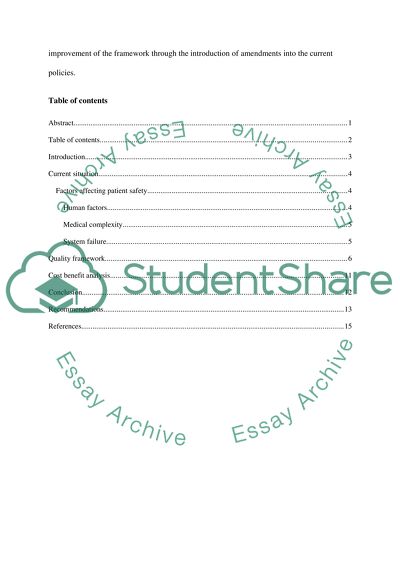Cite this document
(“Quality improvement in clinical practice Essay Example | Topics and Well Written Essays - 2500 words”, n.d.)
Quality improvement in clinical practice Essay Example | Topics and Well Written Essays - 2500 words. Retrieved from https://studentshare.org/nursing/1479016-quality-improvement-in-clinical-practice
Quality improvement in clinical practice Essay Example | Topics and Well Written Essays - 2500 words. Retrieved from https://studentshare.org/nursing/1479016-quality-improvement-in-clinical-practice
(Quality Improvement in Clinical Practice Essay Example | Topics and Well Written Essays - 2500 Words)
Quality Improvement in Clinical Practice Essay Example | Topics and Well Written Essays - 2500 Words. https://studentshare.org/nursing/1479016-quality-improvement-in-clinical-practice.
Quality Improvement in Clinical Practice Essay Example | Topics and Well Written Essays - 2500 Words. https://studentshare.org/nursing/1479016-quality-improvement-in-clinical-practice.
“Quality Improvement in Clinical Practice Essay Example | Topics and Well Written Essays - 2500 Words”, n.d. https://studentshare.org/nursing/1479016-quality-improvement-in-clinical-practice.


